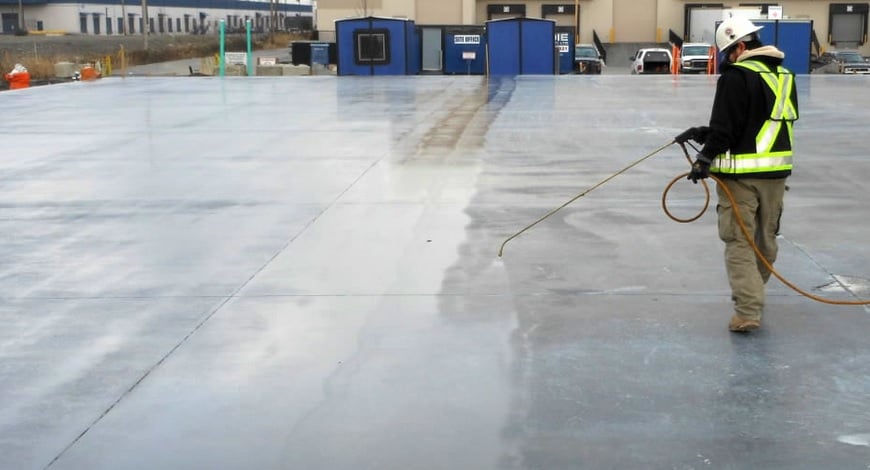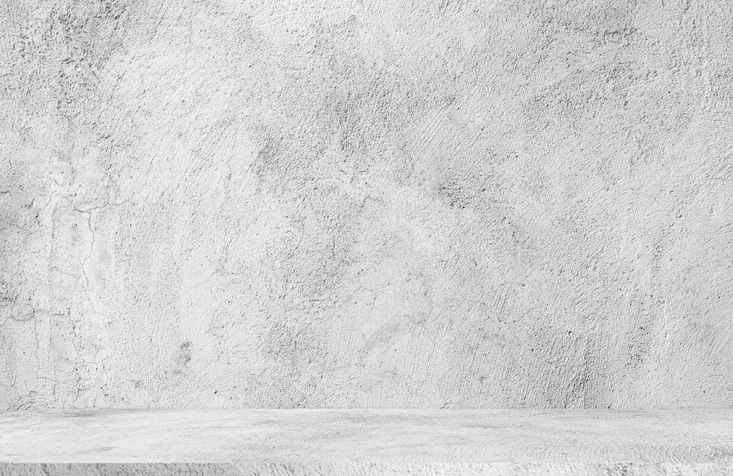Concrete installation is a fundamental process in many construction projects, from driveways and patios to foundations and walkways. Whether you’re tackling a small home project or a larger commercial endeavor, understanding the steps involved can help set realistic expectations and ensure a successful outcome. Here’s a comprehensive guide on what to expect from start to finish in the process.
Initial Planning and Preparation
Before the concrete is mixed or poured, the project begins with thorough planning. This phase includes designing the layout, determining the size, and choosing the right type of mix for your project. You’ll work closely with your contractor to outline the scope of the work, select finishes, and decide on any special elements such as patterns or colors.
Once the design is confirmed, the contractor will assess the site. This includes checking soil conditions, slope, drainage needs, and potential obstacles. Proper site evaluation is essential for ensuring the long-term durability of your structure. If the site needs leveling or grading, the contractor will address these issues during preparation.
Site Preparation

The next step is preparing the actual site where the concrete will be installed. This involves clearing the area of any debris, vegetation, or old structures that may interfere with the new installation. In many cases, the contractor will also install formwork, which serves as a mold and helps shape the final structure.
For larger projects, excavation may be necessary to create the required depth for the concrete slab. The contractor may also add a layer of compacted gravel or sand to improve drainage and support the weight. This is especially important for foundations, patios, or driveways, as a solid base prevents cracks or shifting over time.
Setting Forms and Reinforcement
Once the ground is prepped, the contractor will install forms made of wood or metal to hold it in place as it hardens. These forms define the shape and edges of the slab, ensuring that the concrete follows the design specifications.
If the installation requires additional strength, the contractor may also install reinforcement materials such as rebar or wire mesh within the forms. Reinforcement is crucial for larger or load-bearing structures like foundations, as it prevents cracking and improves structural integrity over time.
Mixing and Pouring the Concrete

With the forms and reinforcement in place, the next step is to mix the concrete. The contractor will use either a pre-mixed batch or mix everything on-site, depending on the project size and requirements. The mix includes water, cement, aggregate (such as sand or gravel), and possibly other additives for strength or durability.
Once mixed, the concrete is poured into the forms. It’s essential that the contractor works efficiently during this phase, as it begins to harden relatively quickly. Using tools like shovels, rakes, and vibrators, the team will spread the mixture evenly within the form, ensuring there are no air pockets and that the surface is level.
Finishing the Surface
After the concrete is poured, the finishing process begins. This is where the contractor will smooth the surface, add texture, and apply any desired decorative elements. There are several techniques that may be used depending on the look you want, including troweling for a smooth finish, brooming for a textured finish, or stamping for a patterned effect.
Finishing must be done with precision because it not only affects the appearance, but also its performance. A well-finished surface can prevent water pooling and improve the overall durability of the structure.
Curing the Concrete

One of the most critical stages during installation is curing. Curing allows the mixture to achieve its maximum strength and durability. During this phase, the concrete is kept moist to prevent rapid drying, which can lead to cracking or weak spots. Curing typically lasts between 7 to 28 days, depending on the type of mix and environmental conditions.
Most contractors, like the ones at Apex Concrete in Calgary, may use methods such as covering the concrete with plastic sheets, applying curing compounds, or periodically misting the surface with water to maintain the necessary moisture levels.
Final Inspections and Clean-Up
Once the concrete has cured, the contractor will remove the forms and inspect the slab for any imperfections, cracks, or inconsistencies. If any minor adjustments are needed, they will be addressed before the project is deemed complete.
Finally, the contractor will clean up the job site, removing any debris, leftover materials, and equipment. Once the site is clear has passed inspection, you’ll be left with a durable and well-finished structure ready for use.
Partner with Professionals in Concrete Installation
From the initial planning and site preparation to the final inspection and clean-up, concrete installation is a multi-step process that requires careful attention to detail at every stage. By understanding what to expect, you can work more effectively with your contractor, ensuring that your project is completed on time, on budget, and to the highest quality standards.











